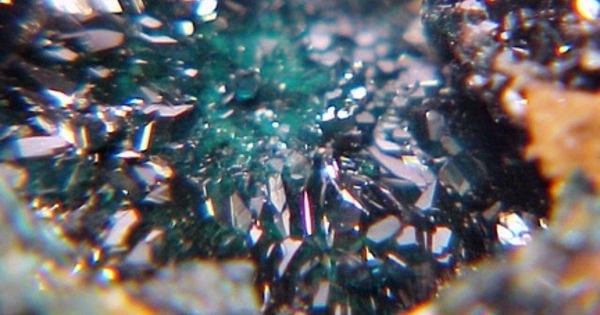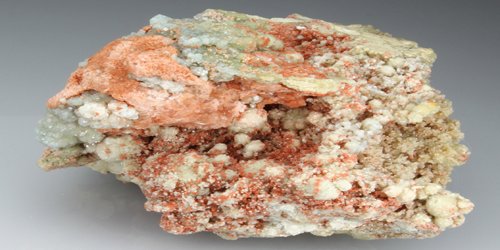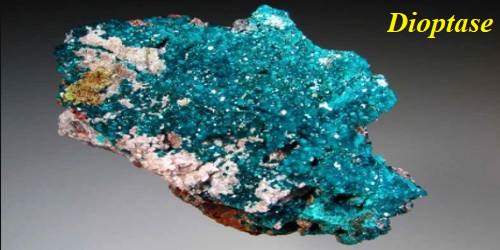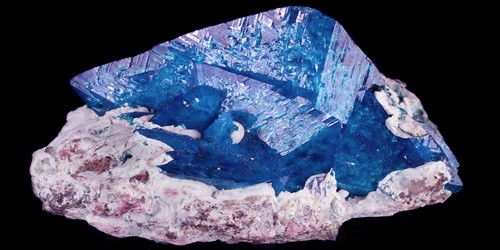Herbertsmithite has the chemical formula ZnCu3(OH)6Cl2. It was discovered in 1972 in Chile and was named after mineralogist Herbert Smith (1872-1953). It is polymorphous with kapellasite and has a close relationship with paratacamite. Anarakite is another name for Herbertsmithite, which is commonly found in and around Anarak, Iran. It is a member of the mineral class known as copper hydroxyl halides, which also includes the minerals atacamite and paratacamite.
Herbertsmithite is associated with copper mineralizations in Chilean syenitic porphyries and granites, as well as in Iranian Triassic dolomite formations. It has also been reported from the Osborn District Mines in Maricopa County, Arizona’s Big Horn Mountains, and the Lavrion District Mines in Attica, Greece.
General Information
- Category: Halide mineral
- Formula (repeating unit): ZnCu3(OH)2Cl2
- Crystal system: Trigonal
- Crystal class: Hexagonal scalenohedral (3m)
- Color: Light green, blue-green
Herbertsmithite has a distinctive blue-green color and is usually found in small, tabular crystals. It is often associated with other copper minerals, such as chrysocolla, malachite, and azurite. The crystal structure of herbertsmithite consists of layers of copper and zinc atoms linked by hydroxide and chloride ions.
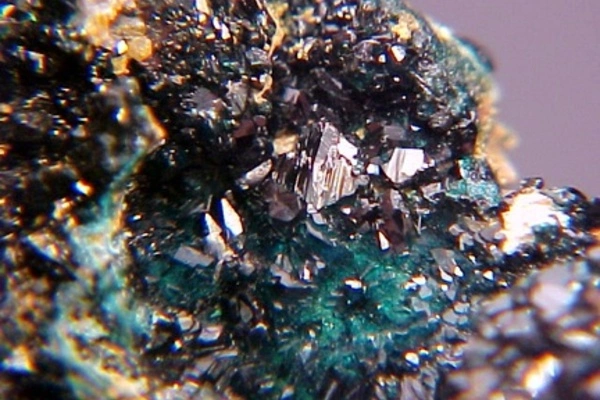
Properties
Herbertsmithite has a vitreous luster and is fairly transparent with a light-green to blue-green color. Herbertsmithite has a Mohs hardness of between 3 and 3.5 and is known to have a brittle tenacity. The crystal’s density has been calculated at 3.76 g/cm3.
- Crystal habit: Aggregates of rhombohedral crystals
- Cleavage: Good on {1011}
- Tenacity: Brittle
- Mohs scale hardness: 3–3.5
- Luster: Vitreous to adamantine
- Streak: Light green
- Diaphaneity: Transparent
- Specific gravity: 3.75-3.95
- Optical properties: Uniaxial (-)
Herbertsmithite has attracted a lot of attention from researchers in recent years because it exhibits interesting magnetic properties. It is what is known as a “spin liquid,” which means that its magnetic properties cannot be explained using traditional models of magnetism. Instead, the spins of the copper atoms in herbertsmithite appear to be in a disordered, fluctuating state, which makes it a fascinating subject for research into quantum magnetism.
Occurrences
Herbertsmithite, in its pure synthetic form, was discovered in 2012 to have quantum spin liquid properties, a generalized form of strongly correlated quantum spin liquid due to its Kagome lattice structure. Herbertsmithite is the first mineral to be discovered to have this unusual state of magnetism: it is neither a ferromagnet with mostly aligned magnetic particles nor an antiferromagnet with mostly opposed adjacent magnetic particles; rather, its magnetic particles have constantly fluctuating scattered orientations.
Herbertsmithite is also of interest to materials scientists because it has potential applications in the development of new electronic devices. Its unique magnetic properties could be used to create new types of magnetic memory or quantum computing devices, although much more research is needed before these applications become a reality.
